Search Images
Browse Content (p. 1305)
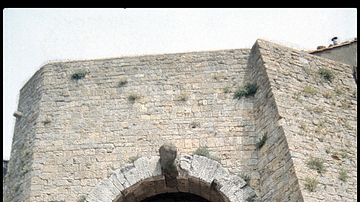
Image
Porta all' Arco, Volterra
The Porta all' Arco at Volterra, Tuscany. Part of the 4th-3rd century BCE Etruscan fortification walls of the city.
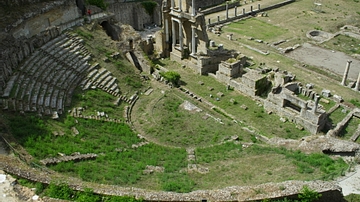
Image
Roman Theatre, Volterra
The 1st century CE Roman theatre at Volterra, Tuscany, Italy.
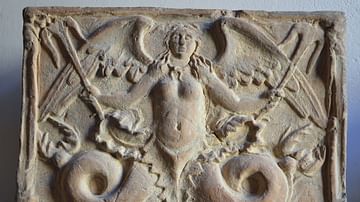
Image
Triton, Etruscan Funerary Urn
An Etruscan funerary urn from Volterra showing a winged Triton. 2nd century BCE. (National Archaeological Museum of Florence, Italy)
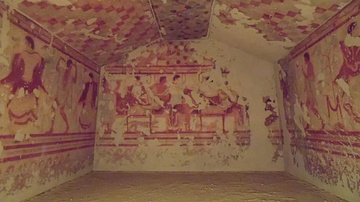
Image
Tomb of the Triclinium
The Etruscan Tomb of the Triclinium, Tarquinia. 5th century BCE.
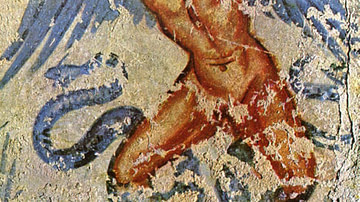
Image
Typhon, Tarquinia
A detail of the wall paintings of the Tomb of Typhon showing Typhon. 2nd century BCE, Tarquinia.
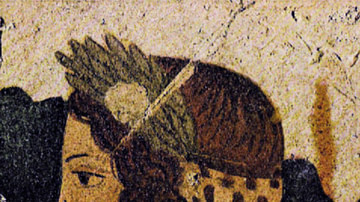
Image
Velcha, Tomb of Orcus, Tarquinia
A detail of the wall paintings of the Etruscan Tomb of Orcus at Tarquinia. The subject here is a woman with the family name 'Velcha' inscribed above her, perhaps wife of the tomb's occupant. c. 350 BCE.
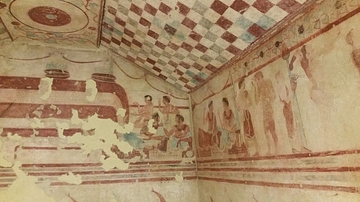
Image
Tomb of the Funeral Couch, Tarquinia
The Etruscan Tomb of the Funeral Couch, Tarquinia, 470-450 BCE. (National Etruscan Museum, Villa Giulia, Rome)
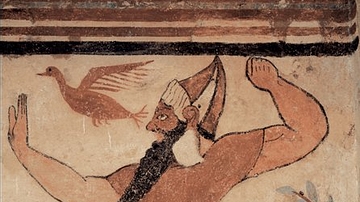
Image
Phersu Dancing Figure, Tarquinia
A figure known as Phersu (wearing a mask and beard) dancing from the Etruscan Tomb of the Augurs, Tarquinia. Italy, c. 520 BCE.
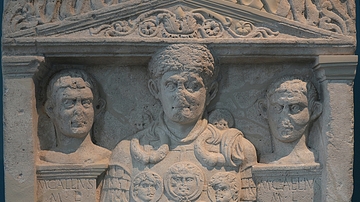
Image
Cenotaph of Marcus Caelius
Cenotaph of Marcus Caelius, 1st centurion of Legio XVIII who fell in the war of Varus, the Battle in the Teutoburg Forest in 9 CE. (LVR-LandesMuseum Bonn) Inscription: "To Marcus Caelius, son of Titus, of the Lemonian district, from Bologna...
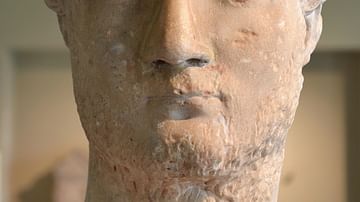
Image
Gallienus, Cinquantenaire Museum
Bust of Roman emperor Gallienus, 261-268 CE, from Rome(?). (Cinquantenaire Museum, Bruxelles)